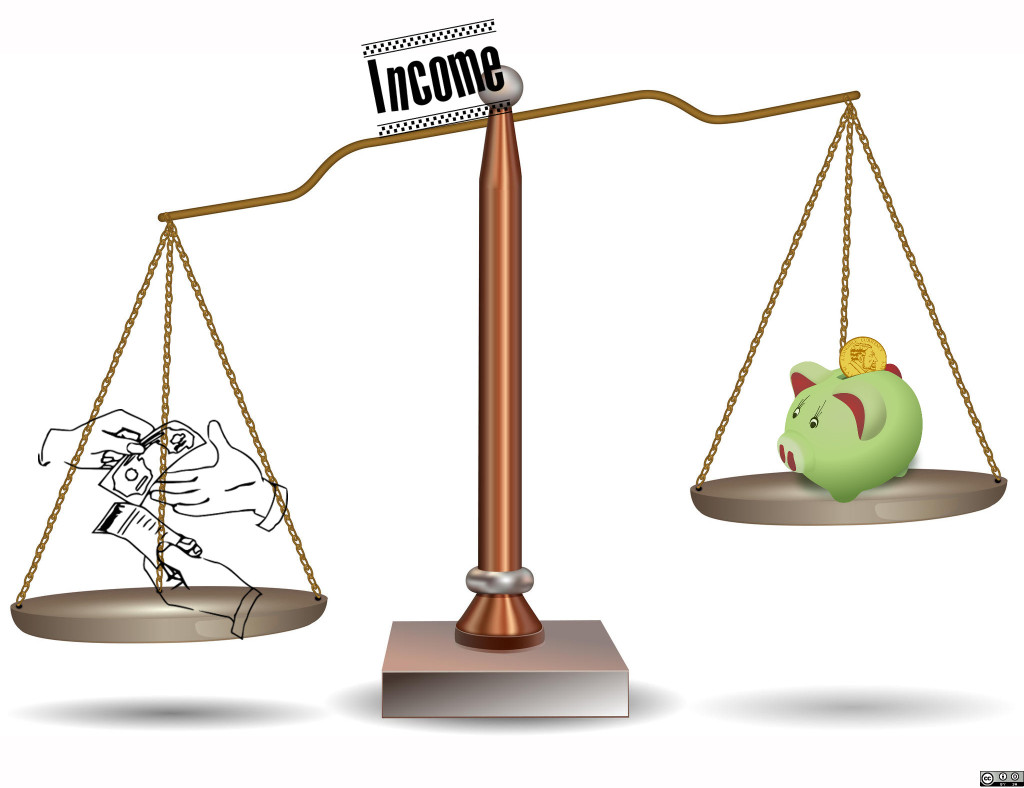If you’re reading this, it’s likely that you’ve gone awry somewhere down the road and need some serious help with your finances. Or, you’re trying to do the impossible with very little like every member of the working poor class that scrapes by on barely a living. Either way, this post will benefit you to get you on the road to financial success. 
The anatomy of finances isn’t rocket science, and you don’t need an economics degree or CPA to understand the basics. The three parts are your income, your expenditures, and the savings you manage to scrape together. Let’s take a look at each part of the financial body on a broad scale for a few minutes.
Revenue
Your revenue, or income, is pretty much a no-brainer. It’s the money you bring in from various areas. You might have a full time job somewhere that brings in some money, then a hobby on the side that brings in a little more. In the real world, this would also include both legal and illegal activities. This is your pot of funds and what you use to balance your expenses and savings with. The goal, then, is to make more money than you spend so you can save for emergencies or really, really big treats https://genericforgreece.com.
Expenditures
Unfortunately, bills are part of life. We have rent to pay, utilities looming over us, and we all have a powerful need to eat. Shopping excursions, play dates, museum visits, Xbox Gold accounts, and more are all expenditures too, albeit ones that are unnecessary for survival. Think of expenditures as literally everything you spend money on from your Venti Soy Latte at Starbucks to the roof over your head to the clothes on your back.
In most circumstances you can reduce your expenditures or at least stretch every dollar spent as much as you can. We’ll discuss some tips about these things in future Financial Friday posts, so if you have a request, leave us a comment. We’ll work out the kinks in your financial crisis one post at a time.
Savings
Savings is the different between what you spend and what you make…. hopefully this is a positive number. For some it’s a flat zero, and for others they spend far more than they make, so this is a negative number — or a debt that must be paid. As you reduce your expenditures in one area, you can pay your debt in another. Eventually you’ll find your balance. Only then will you be able to tilt the balance toward more savings.
Balancing act
In a simple world you’d spend no more than you make. In an ideal world you’d spend less than you make, putting some back in savings every paycheck. Some are lucky enough to do this, but a great deal of people cannot because they are either poor or working poor. Others, still, are frivolous with money, so they don’t really think about the delicate balance. However, it’s important to make sure that you strive to keep the bar even, if not leaning towards the savings side.
This takes time, dedication, willpower, and to some extent, an iron will. Our Financial Friday posts are designed to walk you through these steps to regain balance and sanity while going from working poor to working on the dream.
